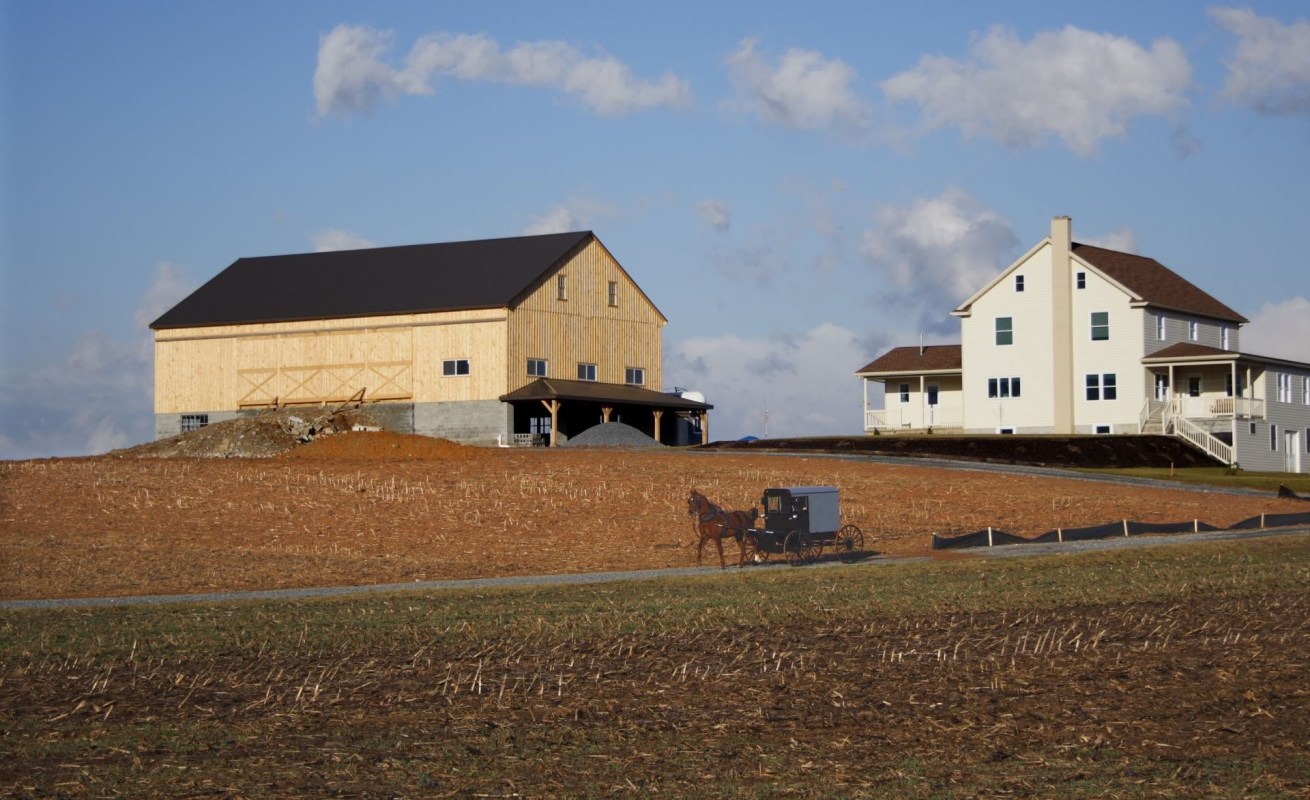Line-drying is a no-cost way to use the sun's energy to dry clothing, which makes it a great choice for people who are trying to save money and electricity.
But some homeowners who want to use clotheslines worry about what they'll do in the winter — luckily, the Amish have this problem figured out.
The scoop
This hack comes from Amish 365, where journalist Kevin Williams has documented the Amish and Mennonite recipes and culture he has studied for the last 30 years.
"During the warmer months, there's no more iconic image of Amish country than dancing, colorful clothing flapping on the line, drying in the breeze," he said.
Despite common perceptions of the old-fashioned Amish, modern technology sometimes appears in these communities. Some now use e-bikes, and Williams said that some own gas clothes dryers.
"Although, I will say that's unusual, the exception rather than the rule," he added.
Instead, most Amish families rely on clotheslines in the summer — and they still work in the winter, Williams said.
According to appliance company Speed Queen, "Drying on a line in winter is actually a form of freeze-drying thanks to sublimation — or ice evaporating from a solid state. Wet clothing may freeze, but the moisture evaporates into water vapor leaving behind dry clothing that just needs a little loosening."
In other words, being frozen doesn't keep water from evaporating out of clothing.
Many Amish families take advantage of this fact, Williams said, but others prefer to hang their clothing indoors in the winter. They may hang clotheslines out of the way in the basement or arrange drying racks over wood-burning stoves.
One popular item in Amish communities is a "bicycle wheel dryer," which Williams explained is a drying rack for small items like socks, towels, and head coverings. It's made by hanging a bike wheel so that it lies on its side, then suspending clothespins from it. Some families use similar compact hanging drying racks made from plastic.
Why it's great
Hanging clothing, even in winter, is a reliable way to save money on laundry. With this method, homeowners don't need to own a dryer and won't need to spend money on gas or electricity to power it. Clothes that are dried outside also smell great without using chemical-laden dryer sheets.
Saving electricity this way is also good for the planet. The lower the demand for electricity, the less power plants need to generate, and the less pollution they produce. This helps reduce the heat-trapping gases in the atmosphere to stop the planet from overheating.
What people are saying
Williams received comments from readers with personal experience with line drying in winter.
"When I had lived on a farm, I did," said one commenter, adding that the clothes smelled better that way.
Another user pointed out that this method isn't just for rural homes. "I grew up in suburban Detroit, and I have childhood memories of a clothesline in the basement with clothing drying on it in the 1960s," they said.
Join our free newsletter for weekly updates on the coolest innovations improving our lives and saving our planet.









